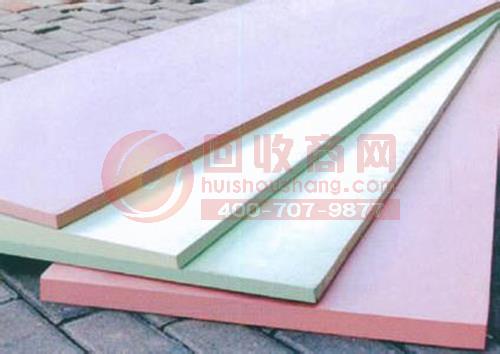What is foam? The foam is characterized by foaming of the core layer, non-foaming of the skin layer, external hard and toughness, high specific strength (strength in terms of unit mass), and low consumption of materials, which are increasingly used in the construction and furniture industries. The chemical or radiation cross-linked foaming technology of polyolefins has been successful, resulting in a significant increase in the production of foamed Plastics. Foam plastic is a kind of polymer material formed by dispersing a large amount of gas micropores in solid plastic. It has the characteristics of light weight, heat insulation, sound absorption, shock absorption, etc., and its dielectric property is superior to matrix resin, and its application is wide. Almost all kinds of plastics can be made into foam, and foam molding has become an important field in plastic processing. Foam is also called porous plastic. A resin made of resin as the main raw material with numerous micropores inside. Light weight, heat insulation, sound absorption, shockproof and corrosion resistant. There are soft and hard points. Widely used as insulation, sound insulation, packaging materials and car shells. Foam, microporous plastic, plastic with numerous micropores as a whole. Foam is a plastic with many tiny pores inside. It is obtained by a mechanical method (either by air or carbon dioxide while mechanical agitation) or by a chemical method (adding a foaming agent). There are two types of closed-cell type and open-hole type. The pores in the closed-cell type are isolated from each other and have a floating property; the pores in the open-hole type are connected to each other without floating. It can be made of resin such as polystyrene, polyvinyl chloride or polyurethane. It can be used as insulation and sound insulation material for a wide range of applications. Foam classification 1. According to the classification of resin: the commonly used resins in the industry are polystyrene, polyvinyl chloride, urea-formaldehyde, phenolic, epoxy, silicone, etc. In recent years, the varieties have been expanding, but the top five products are the largest and the most widely used. Polymer foam. 2, according to density or expansion ratio: foam according to its density or expansion ratio can be divided into low foam, medium foam and high foam three types. Generally, the low foamed foam has a density of more than 0.4 g/cm3, the medium foamed foam has a density of 0.1 to 0.4 g/cm3, and the high foamed foam has a density of less than 0.1 g/cm3. The expansion ratio is the ratio of the gas phase to the solid phase volume in the foam. 3. Classification by hardness: Foam plastics can be divided into soft, semi-rigid and hard types according to their softness and hardness. Styrofoam, phenolic foam, epoxy foam, and some polyurethane foams are all rigid foams; rubber, elastomeric polyurethane and some polyolefin foams are soft foams. Foam use use The foamed plastic obtained by blending, filling, reinforcing and other modified plastics has better comprehensive performance and can meet the needs of various special purposes. For example, a glass fiber reinforced polyurethane foam obtained by reaction injection molding has been used as a structural component of an airplane, a car, a computer, etc., and a foam made of polybenzimidazole filled with hollow glass beads is light and resistant to high temperatures. , has been used in spacecraft. With the continuous improvement of the performance requirements of foam in special fields such as aviation and aerospace, traditional foam plastics can not meet the special requirements of material strength, rigidity and heat resistance in these fields. Therefore, high performance has become a new direction and hot spot for foam research. Foreign countries have used high-performance foam as a structural material for aerospace, aerospace, transportation and other fields, such as the skeleton of satellite solar cells, the fairing of the rocket front end, the vertical tail of the unmanned aircraft, and the projectile wing of the cruise missile. Large radomes for ships. New use of polystyrene foam: Combining polystyrene foam blocks with reinforced concrete provides positive buoyancy for the floating airport in Vancouver Harbour, an economical and durable solution. The total cost of the project is 1.6 million Canadian dollars, or about 570 Canadian dollars / m2, compared with the development on land, not only the cost is reduced, but also has the following advantages: (1) Reduced initial investment; (2) Shorten the construction period and minimize the medium-term investment; (3) The use of floating airports saves the publicly available commercial area land; (4) The floating airport can be moved at any time; (5) The maintenance cost of the structure is low; (6) The friction of the deck is relatively large; (7) The material is fire resistant and has excellent resistance to thermal damage in the event of fire; (8) The structure is fascinating in aesthetics and adapts well to the landscape of the coastline. What is foam? What is the use of foam? Xiaobian introduced this and hopes to help everyone. Fine Chemicals, Speciality Chemicals, Fine Chemical Additive Dynasty Chemicals (NingBo) Co., Ltd. , https://www.dychemco.com